Before we get into experimental storytelling we need to familiarize with the conventions of storytelling through moving images.
Continuity Editing
Before continuity
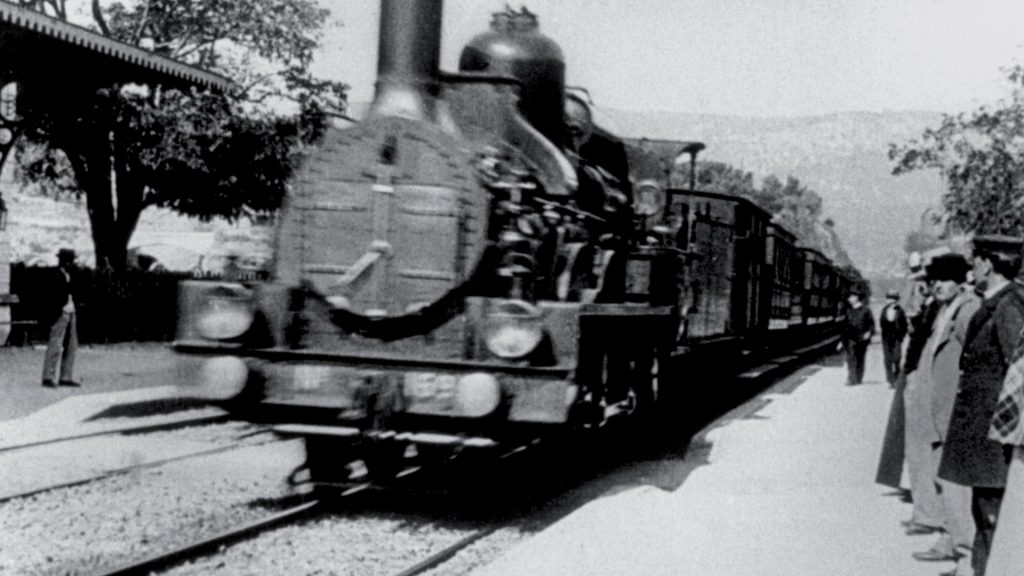
Play Lumiere Brothers’ First Films (1895-1897)
Still theatrical…
Continuity
Continuity is the organization of a film or television programme to make it seem that the action happens without pauses or interruptions.
The purpose of continuity editing is to smooth over the inherent discontinuity of the editing process and to establish a logical coherence between shots.
In general all properly made cuts are unnoticeable. So when they are not, they can be more impactful.
Continuity errors are different and related to other aspect of production. Examples are objects that break and are seen intact in the following scene, or actors who magically change clothes and hair styles. Some examples here.
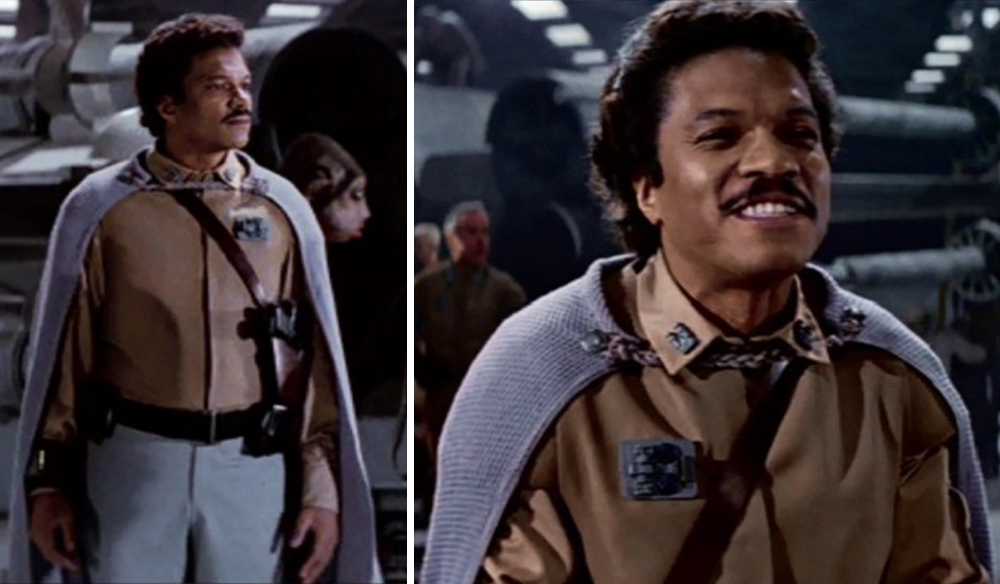
As with the “rules” of composition, continuity editing rules can be broken, but it should be for a reason.
By breaking continuity, you break the suspension of disbelief, and make the audience aware of the unreality of the film experience.
180 Degrees Rule
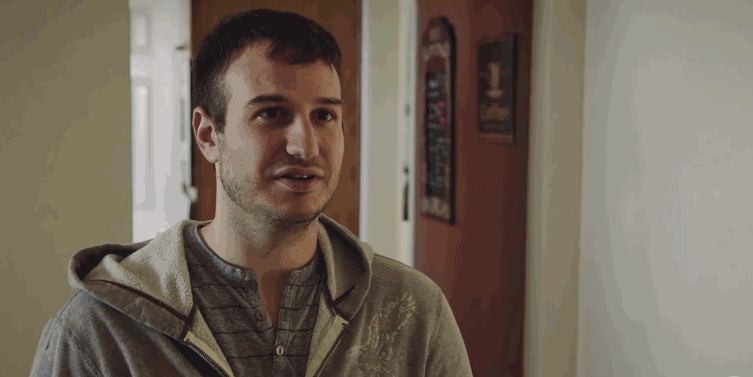
You can cross the axis or change the subjects’ spatial relationship, but you may need to re-establish the shot.
The 180 degree rule is crucial to maintain the eyeline match, when a character is looking outside of the frame.
Establishing and master shots
They establish the context of a scene and the spatial relationship between characters and objects.
They can be a typical long shot showing a location and the time of the day, but also anything that gives an overview of all the people in a certain location before you cut to close ups and shot-reverse shots.
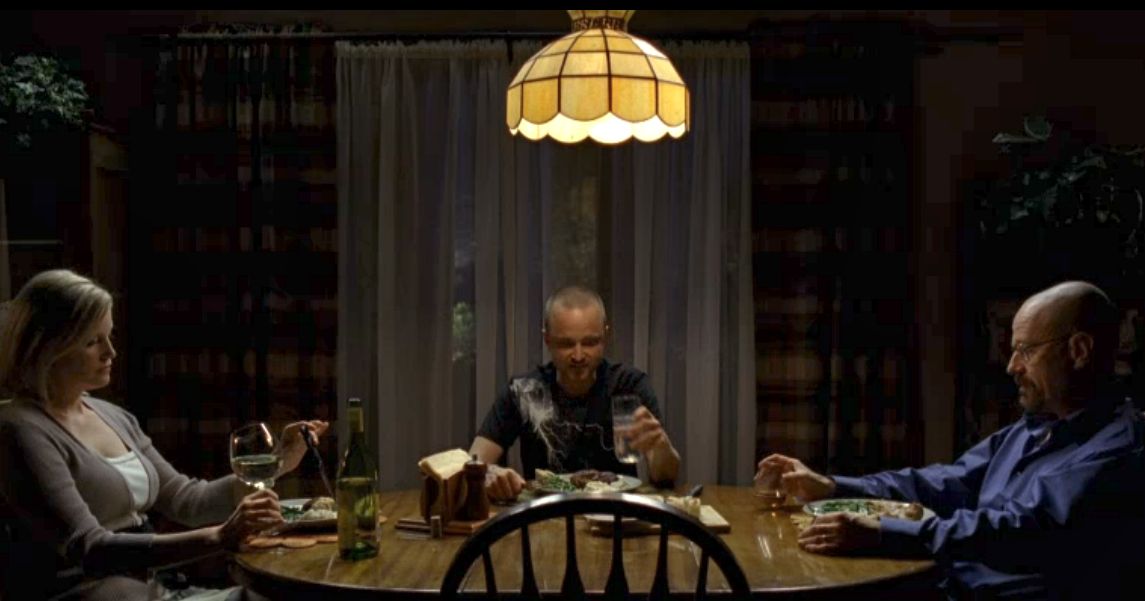
Establishing shots usually happen once at the beginning of a scene while master shots can be brought back to re-establish the scene after something changed, eg a new character enters the scene etc.
Shot size progression
It’s generally a good idea to not jump from long shots to close-ups. It can feel abrupt and confusing, adding mid-shots in between.
Also, extreme close ups should be reserved for moments of a certain intensity.

30 Degrees Rule
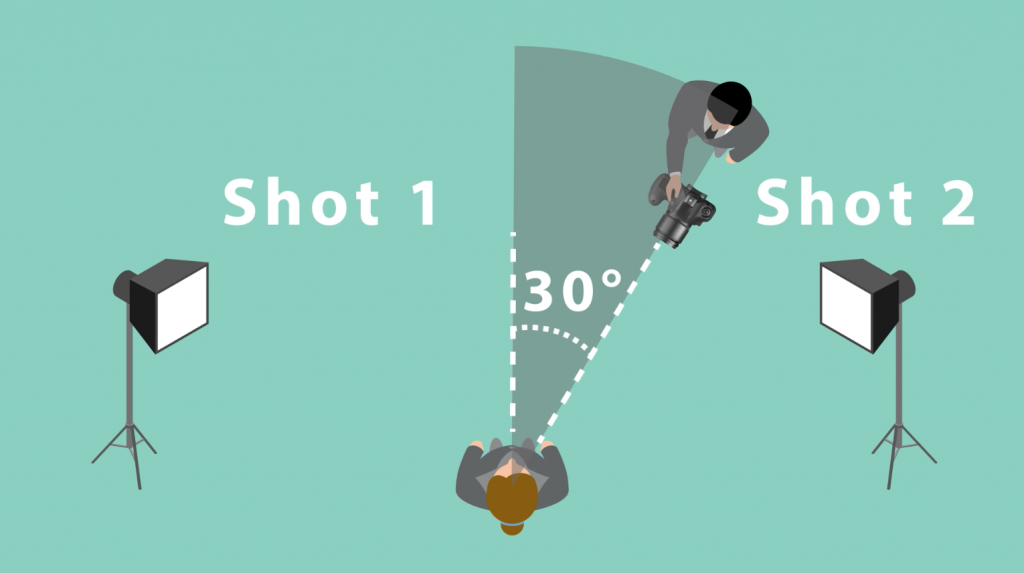
The camera should move at least 30 degrees relative to the subject between successive shots of the same subject. If you don’t follow it, the cut will appear jarring.
If you don’t substantially change the distance or zoom, you also don’t give new information that justifies a new cut.
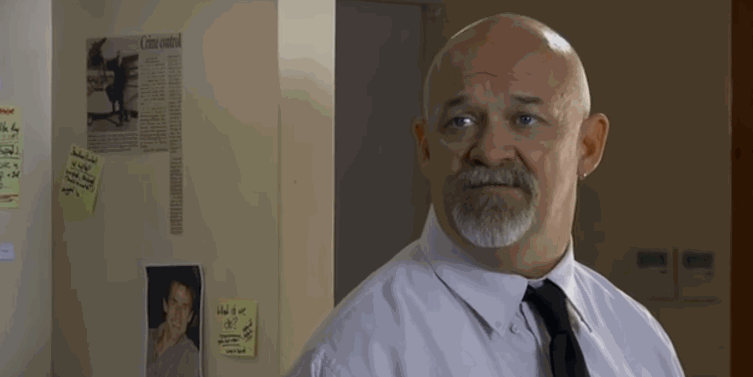
If you don’t move the camera at all you end up with a jump cut.
Jump cuts are ok to suggest passage of time, or for humorous purposes
Or if you are Godard and you don’t give a damn
Insert shot
An insert shot is the interruption of a continuously filmed action by inserting a view of something else, a detail, a reaction shot. It can be use to avoid jump cuts or to fix editing problems such as concealing an edit or add a pause.
Details of the environment, close up on gestures, supplemental footage etc are referred to as B-roll.
Cut on action
Maintaining consistency in movement directions
This is important when planning a shot. How many times did they film this door opening?
Film your shots from different perspectives, over and over, train your actors to repeat exactly the same lines and perform the same actions. Some continuity issues will emerge only in the editing phase.
Start filming at least a few seconds before the action and stop a few seconds before the action so you’ll have more options in the editing phase.
“Graphic” Match Cuts
Stylish/metaphorical/intellectual ways to connect disparate scenes
J cuts and L cuts
Audio and video don’t have to be cut at the same point
Sound can anticipate a cut, a voice can come from offscreen.
Recommended material on editing
A Radiolab episode on editing and blinking
